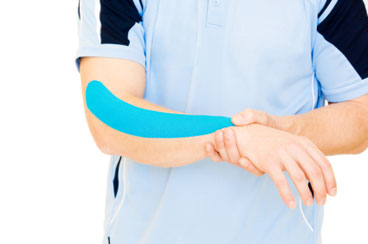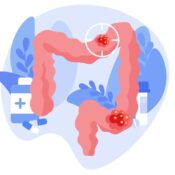Tennis elbow isn’t just a pain for those who enjoy swinging a racquet—it also sidelines people who never set foot on a tennis court but spend hours at a keyboard or frequently stress their wrists and forearms in other ways.
Dr. Mark Sobor, a family holistic health physician in Chicago, provides these symptoms, and solutions, for treating tennis elbow:
What is it?
Tennis Elbow, or lateral epicondylitis, is a repetitive use injury of the wrists and forearms that results in pain or inflammation of the outside of the elbow. Almost anyone can develop it.
What happens?
Tennis elbow is caused by spasms in and around the supinator and extensor muscles of the forearm. You use supinator muscles to turn your hands out, as if holding a bowl of soup. The extensor muscles come into play during a backhanded hit in tennis.
When not properly stretched or strengthened, these muscles tighten, pull against the atttached tendons, and eventually cause inflammation and pain.
An ounce of prevention
Try these techniques to stretch and strengthen your forearm and shoulder muscles before use, whether playing tennis or simply sweeping the floor:
1. Press and stretch (soft tissue release). Hold your arm straight out in front of you, with the palm facing downward. Place the opposite hand on your fingers. Push down until fingers are pointing towards the ground. Continue to apply gentle tension until fingers are pointing back towards your body. Repeat with other arm. Applying pressure to the muscles as they are being stretched help release soft tissue.
2. Massage helps reduce muscular tightness and accompanying tension on the tendons.
3. When it comes to tennis, consult a trainer about proper hitting technique to avoiding overstraining your muscles.
A pound of cure
Acupuncture to treat key trigger points in and around the forearm can successfully release muscles spasms. Instead of steroid therapy, opt for homeopathic injections of inflamed tendons and muscle spasms to decrease pain and swelling in tissues and joints.
Dr. Sobor is affiliated with Chicago Healers http://www.chicagohealers.com/, which hosts a website featuring articles and recommendations from holistic health experts.
Become a Saturday Evening Post member and enjoy unlimited access. Subscribe now



